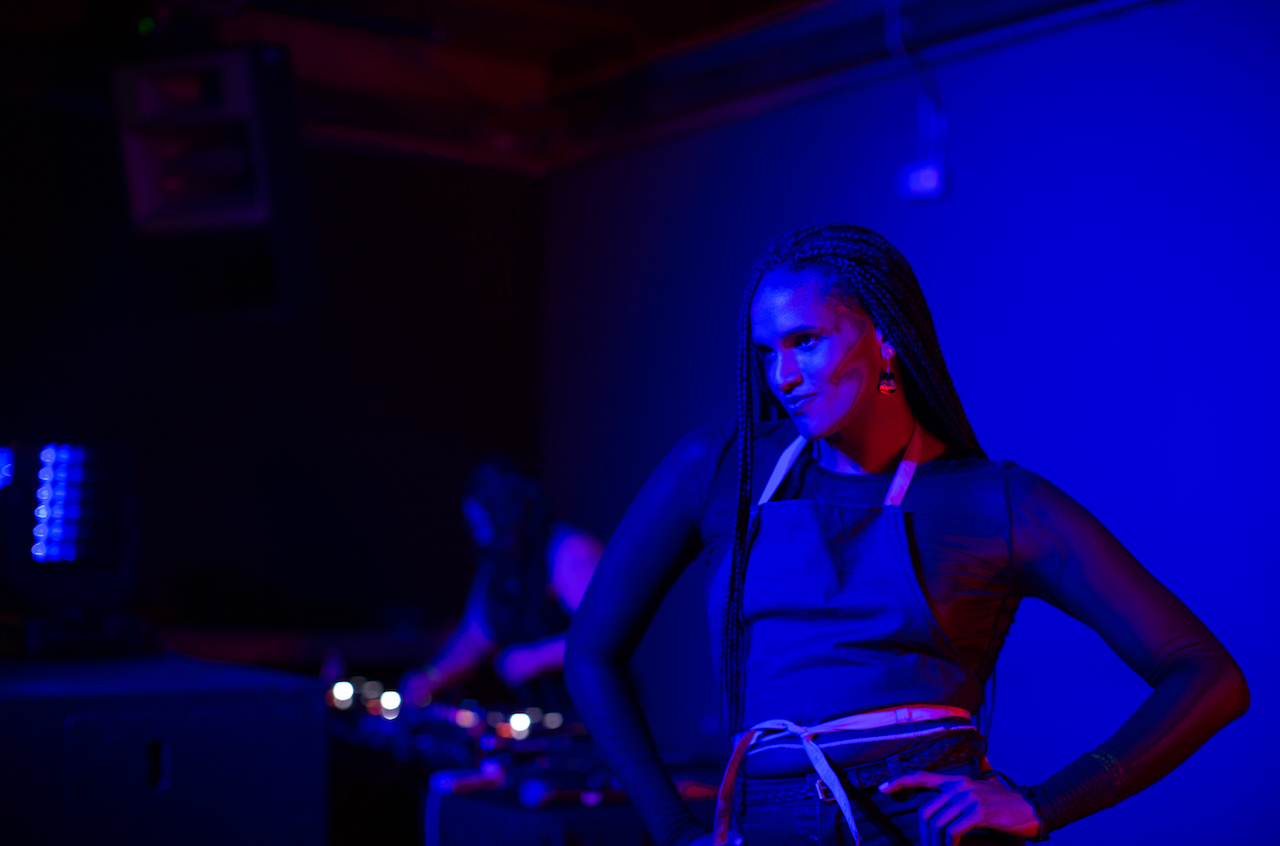- When MUTEK, the Montreal-based festival dedicated to the overlap of digital arts, electronic music and technology, was founded back in 2000, San Francisco was already harnessing the energy of this crossover. The US city's strong house, techno and drum & bass scenes had fed into a breakneck electronic style that represented "indie rock's aesthetic (and ethic) meshed with the obsessive-compulsive geek science," wrote Simon Reynolds in Energy Flash. San Francisco's initial tech boom, which crested just before the turn of the '00s, brought revolutionary music software companies like Cycling '74 into existence alongside a sea of doomed dot coms. Today, the city is awash with tech money, yet a lack of affordable housing and rampant inequality makes it extremely difficult for artists to thrive. It's amid this adversarial climate that a small group of promoters won a bid to bring MUTEK to San Francisco for the first US version of the festival. When I spoke with cofounder Miroslav Wiesner late last year, he said the city's rapidly changing, technologically advanced profile makes it a perfect fit for MUTEK. But the mood leading up to it was anything but certain. In a city that's struggled to retain artists, would a vanguard festival move the needle, or was it already too late?
These fears faded on night one. The California Academy Of Sciences was packed with a clued-in audience taking in Topazu's ambient soundscapes and Night Sea's excellent set of live dub techno. In the background, the sun set on the magnificent de Young Museum. A roundtable on artificial intelligence took place amid stuffed antelopes and lions in the museum's African Hall. Later that night, Underground Resistance's Galaxy 2 Galaxy made their Californian debut in Bimbo's 365, an art deco time machine of a jazz club with plush booths and burnished wood fixtures. The band, which included Ray 7, "Mad" Mike Banks, Esteban Adame, Jon Dixon and De'Sean Jones, stormed through classics like "Timeline" and "Hi Tech Jazz." When UR's manager Cornelius Harris capped the virtuosic set with a shouted reminder that "techno is American music, black American music," it felt like a reminder of the power of community for a beleaguered scene.
Off with a bang, MUTEK unfurled across the city. Herbst Theatre, an ornate room across the street from San Francisco's gilded City Hall, hosted a live performance from Nonotak that hearkened back to the city's halcyon IDM days. Michela Pelusio paired minimal drones with a 30-foot holographic helix, the end of which she spun like a lasso. We were blocks from The Fillmore, where the psychedelic era started with The Trips Festival in 1966. After the lights went up, my neighbor, mouth agape, revealed he'd prepped for the sit-down gig with a tab of acid.
Friday night's program was set at Mezzanine, a long concrete room with metal balconies that feels like a nightclub set from a '90s police procedural. The night drew elegant connections between dub, dancehall and experimental club. Only Now kicked things off with a live set mixing industrial and dancehall. A few weeks ago at Marfa Myths, I caught Equiknoxx closing the festival. There, the MC's engagement with the crowd brought Time Cow and Gavsborg's twisted dancehall beats home. But on a stage in the middle of a lineup, their sound felt flat. Lee Gamble shot out rapid-fire breaks from a pitch-black corner, before an ascot-clad Moritz Von Oswald took the stage. Midway through the set, dubby Chain Reaction-style chords echoed onto a rammed dance floor.
Saturday's Tim Hecker show happened on Mission Street in the midst of Cinco De Mayo celebrations. A DJ played lowrider oldies outside the 24th Street Mission station, a few blocks from Gray Area theater. Austin Cesear, who put out one of the best records from the pre-DJ Seinfeld lo-fi house era, played a beautiful live set of drifting beats perfectly accompanied by blurry, overlaid footage of California's endless freeways.
MUTEK secured The San Fransisco Mint, around the corner from Mezzanine, for Saturday night, filling both venues with acts. This was the first event of its kind held in "The Granite Lady," which opened in 1854 to serve the gold rush and was one of the few structures to survive the 1906 earthquake. Turns out, it's also a great place for a rave.
Vault rooms near the entrance housed installations. David Last, whose girlfriend Chelsea Faith Dolan perished at Ghost Ship, played live sets of the meditative music he's used to heal. Greg Zifcak, a veteran of the city's Tigerbeat6 label, set up a silly but impactful strobe display. Russell E.L. Butler coaxed twitchy acid out of their modular setup before closing with a climactic, in-the-red electro track. Later, Orphx's Rich Oddie screamed the lyrics to "Zero Hour," the room perfectly suited for the industrial techno assault. Across the way at Mezzanine, Derrick May's immutable tech house beats felt comparably tepid, even as pianist Francesco Tristano improvised wildly.
The Midway, located in Dogpatch, is the Swiss Army knife of venues. Within the sprawling complex is Envelop SF, which contains a tiny 3D sound lab, artist studios, an outdoor patio club, a restaurant, a mid-sized room with Funktion-One speakers and a 2000-capacity venue. Except for the latter, every space was used for Sunday's 12-hour session, which felt like a celebration of the local scene. The As You Like It resident Christina Chatfield performed at Envelop to an early crowd sprawled across beanbags and pillows. Her slo-mo acid set, reminiscent of Pye Corner Audio at his best, was a perfect match for the immersive setup. Solar and C.L.A.W.S. kicked things off on the patio. When the former dropped Carl Finlow's "Anomaly," it launched a marathon block of dreamy electro that included a live performance from Convextion and an excellent DJ set from 214. Inside, noise scene veteran Article C wheedled thundering breakbeat techno out of his kit. It was my second time seeing Club Chai cofounder 8ULENTINA, one of the best experimental club DJs I've ever heard. Rico Nasty remixes merged seamlessly into Egyptian Mahraganat music, while interdisciplinary artist and performer Davia Spain writhed center stage.
Inside and outside, the crowd throbbed, taking in video art installations or grabbing Indian food from a pop-up restaurant. Honey Soundsystem's Jackie House arrived to close The Midway straight from the Gays Hate Techno campout up north, still donning a headlamp fit for the forest. He wound down the patio with long, trippy tracks punctuated by breakbeats and melodic pads. Some of them, like T-World's "An-Them," would have worked during the Bay Area's '90s outdoor rave heyday. The closing party, then, felt like the continuation of a theme: MUTEK San Francisco building upon and subtly subverting the city's rich creative tradition, daring to imagine a brighter future.
Photo credit /
Mariah Tiffany
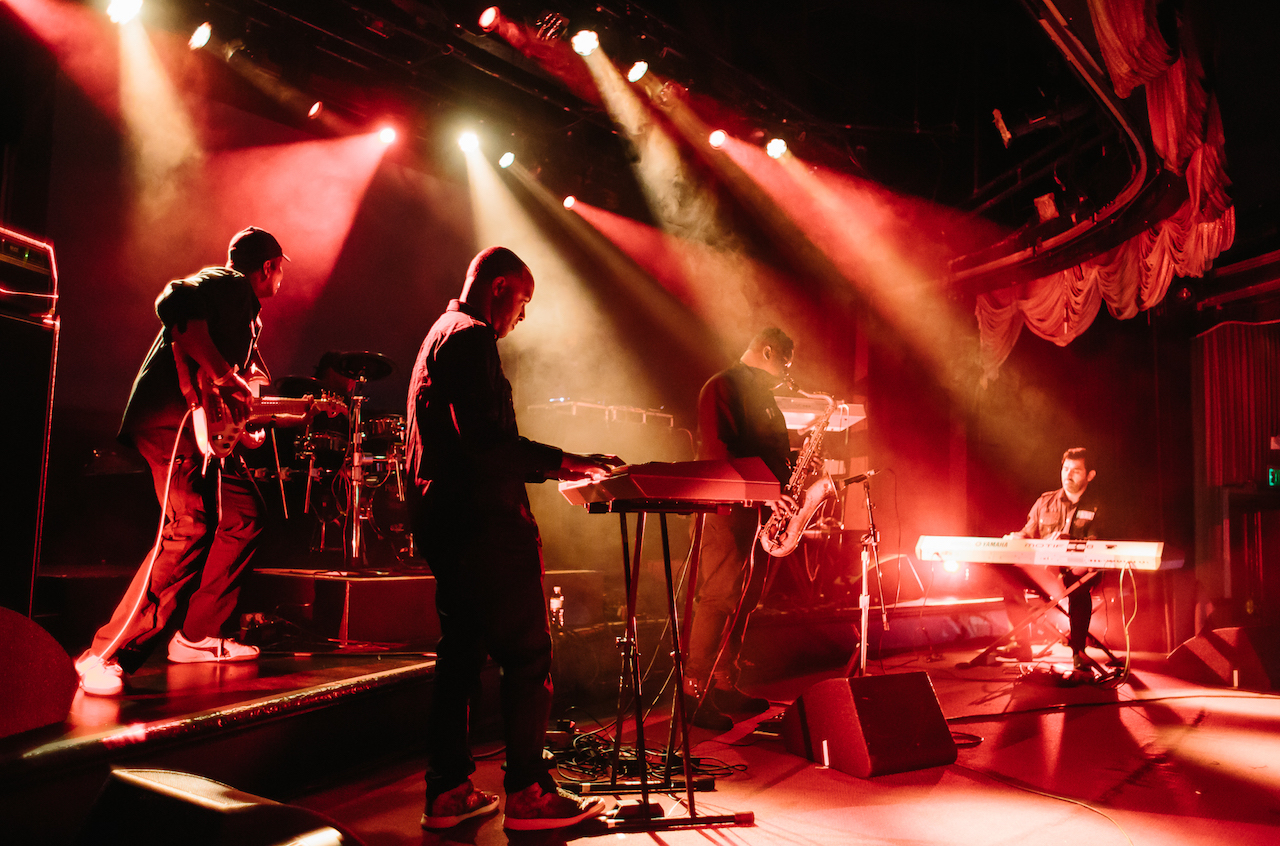 Friday night's program was set at Mezzanine, a long concrete room with metal balconies that feels like a nightclub set from a '90s police procedural. The night drew elegant connections between dub, dancehall and experimental club. Only Now kicked things off with a live set mixing industrial and dancehall. A few weeks ago at Marfa Myths, I caught Equiknoxx closing the festival. There, the MC's engagement with the crowd brought Time Cow and Gavsborg's twisted dancehall beats home. But on a stage in the middle of a lineup, their sound felt flat. Lee Gamble shot out rapid-fire breaks from a pitch-black corner, before an ascot-clad Moritz Von Oswald took the stage. Midway through the set, dubby Chain Reaction-style chords echoed onto a rammed dance floor. Saturday's Tim Hecker show happened on Mission Street in the midst of Cinco De Mayo celebrations. A DJ played lowrider oldies outside the 24th Street Mission station, a few blocks from Gray Area theater. Austin Cesear, who put out one of the best records from the pre-DJ Seinfeld lo-fi house era, played a beautiful live set of drifting beats perfectly accompanied by blurry, overlaid footage of California's endless freeways.
Friday night's program was set at Mezzanine, a long concrete room with metal balconies that feels like a nightclub set from a '90s police procedural. The night drew elegant connections between dub, dancehall and experimental club. Only Now kicked things off with a live set mixing industrial and dancehall. A few weeks ago at Marfa Myths, I caught Equiknoxx closing the festival. There, the MC's engagement with the crowd brought Time Cow and Gavsborg's twisted dancehall beats home. But on a stage in the middle of a lineup, their sound felt flat. Lee Gamble shot out rapid-fire breaks from a pitch-black corner, before an ascot-clad Moritz Von Oswald took the stage. Midway through the set, dubby Chain Reaction-style chords echoed onto a rammed dance floor. Saturday's Tim Hecker show happened on Mission Street in the midst of Cinco De Mayo celebrations. A DJ played lowrider oldies outside the 24th Street Mission station, a few blocks from Gray Area theater. Austin Cesear, who put out one of the best records from the pre-DJ Seinfeld lo-fi house era, played a beautiful live set of drifting beats perfectly accompanied by blurry, overlaid footage of California's endless freeways.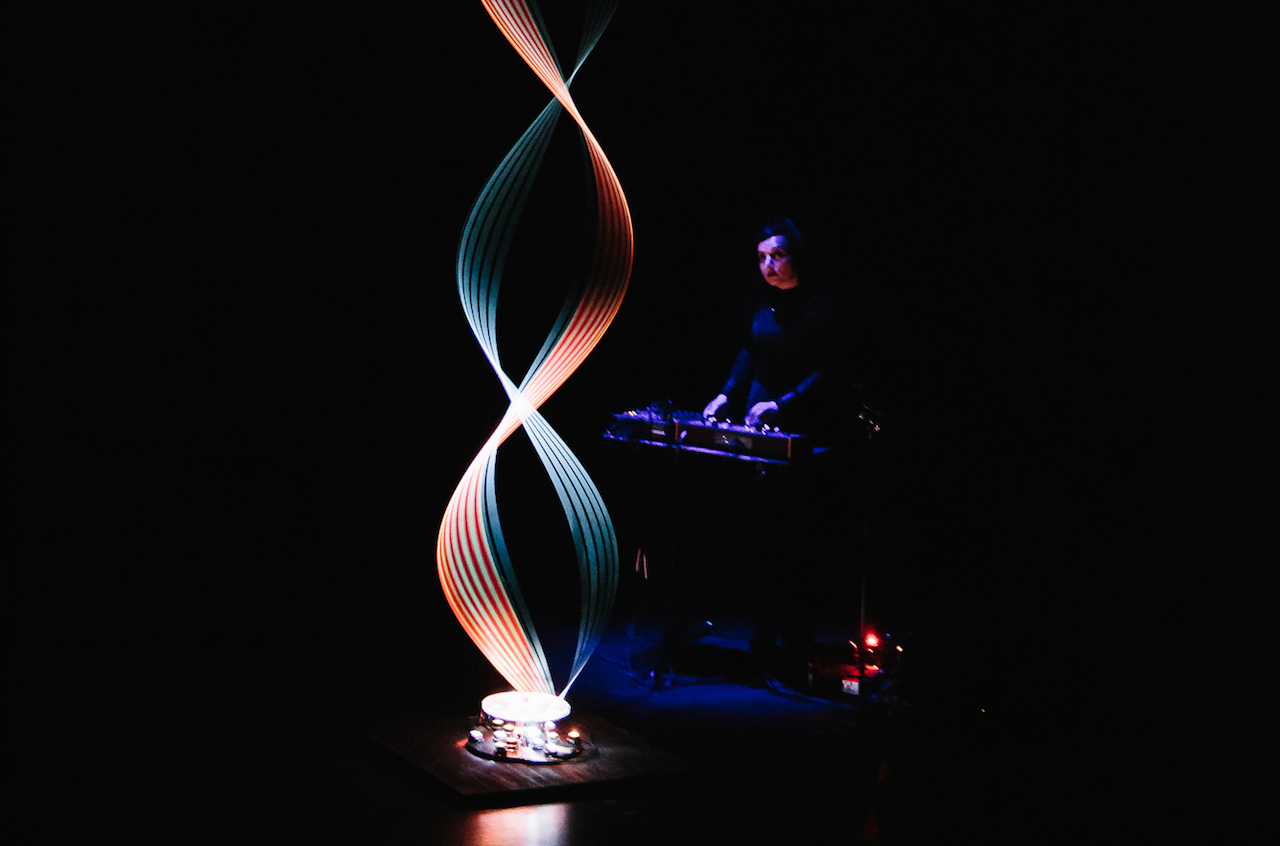
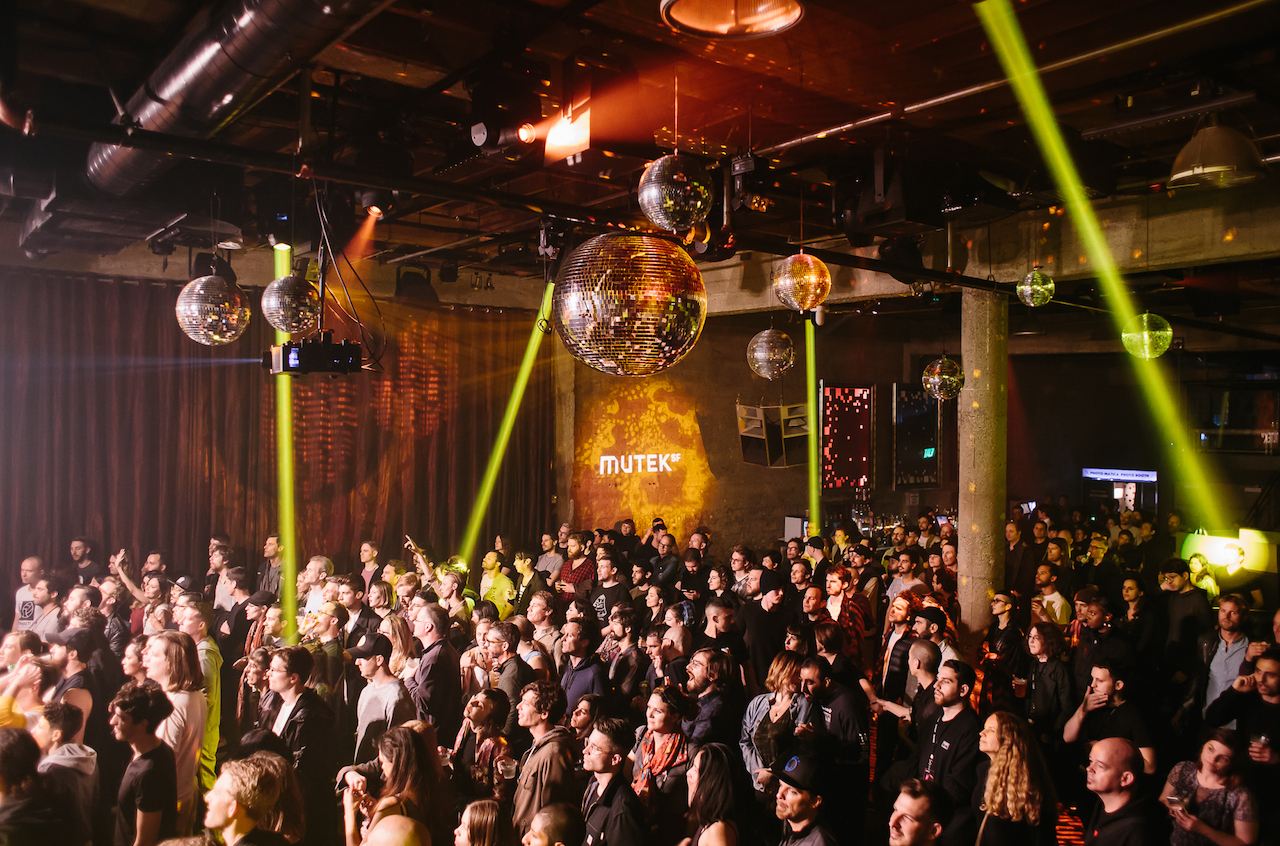 MUTEK secured The San Fransisco Mint, around the corner from Mezzanine, for Saturday night, filling both venues with acts. This was the first event of its kind held in "The Granite Lady," which opened in 1854 to serve the gold rush and was one of the few structures to survive the 1906 earthquake. Turns out, it's also a great place for a rave. Vault rooms near the entrance housed installations. David Last, whose girlfriend Chelsea Faith Dolan perished at Ghost Ship, played live sets of the meditative music he's used to heal. Greg Zifcak, a veteran of the city's Tigerbeat6 label, set up a silly but impactful strobe display. Russell E.L. Butler coaxed twitchy acid out of their modular setup before closing with a climactic, in-the-red electro track. Later, Orphx's Rich Oddie screamed the lyrics to "Zero Hour," the room perfectly suited for the industrial techno assault. Across the way at Mezzanine, Derrick May's immutable tech house beats felt comparably tepid, even as pianist Francesco Tristano improvised wildly.
MUTEK secured The San Fransisco Mint, around the corner from Mezzanine, for Saturday night, filling both venues with acts. This was the first event of its kind held in "The Granite Lady," which opened in 1854 to serve the gold rush and was one of the few structures to survive the 1906 earthquake. Turns out, it's also a great place for a rave. Vault rooms near the entrance housed installations. David Last, whose girlfriend Chelsea Faith Dolan perished at Ghost Ship, played live sets of the meditative music he's used to heal. Greg Zifcak, a veteran of the city's Tigerbeat6 label, set up a silly but impactful strobe display. Russell E.L. Butler coaxed twitchy acid out of their modular setup before closing with a climactic, in-the-red electro track. Later, Orphx's Rich Oddie screamed the lyrics to "Zero Hour," the room perfectly suited for the industrial techno assault. Across the way at Mezzanine, Derrick May's immutable tech house beats felt comparably tepid, even as pianist Francesco Tristano improvised wildly.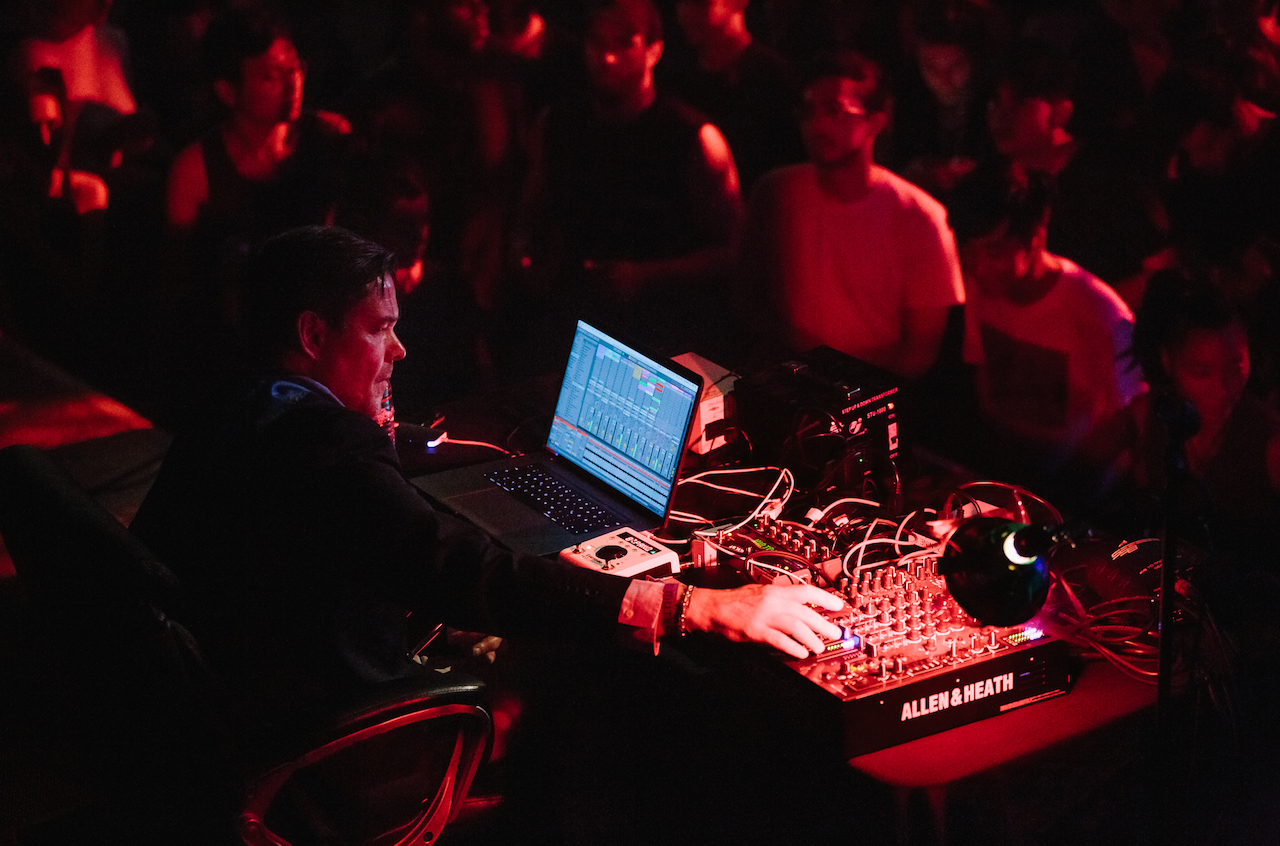
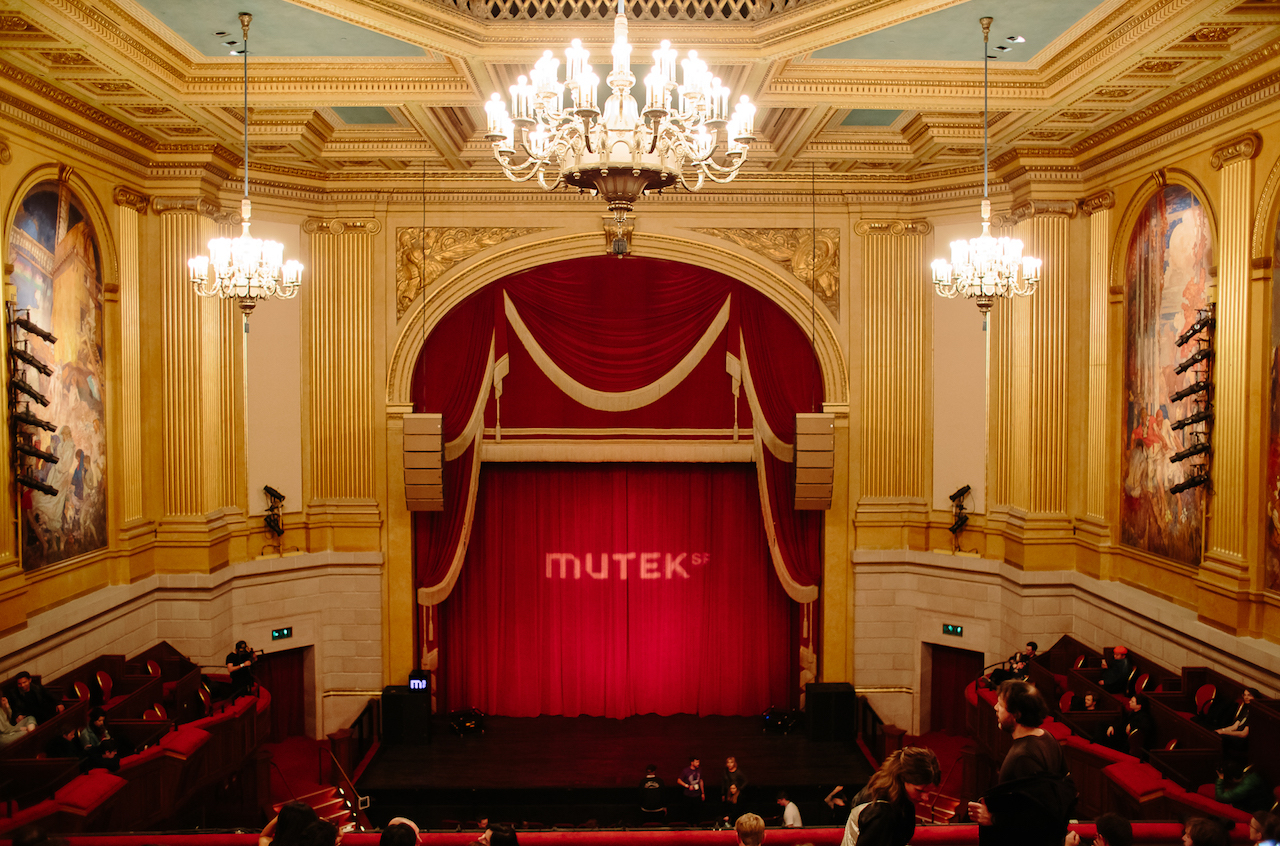 The Midway, located in Dogpatch, is the Swiss Army knife of venues. Within the sprawling complex is Envelop SF, which contains a tiny 3D sound lab, artist studios, an outdoor patio club, a restaurant, a mid-sized room with Funktion-One speakers and a 2000-capacity venue. Except for the latter, every space was used for Sunday's 12-hour session, which felt like a celebration of the local scene. The As You Like It resident Christina Chatfield performed at Envelop to an early crowd sprawled across beanbags and pillows. Her slo-mo acid set, reminiscent of Pye Corner Audio at his best, was a perfect match for the immersive setup. Solar and C.L.A.W.S. kicked things off on the patio. When the former dropped Carl Finlow's "Anomaly," it launched a marathon block of dreamy electro that included a live performance from Convextion and an excellent DJ set from 214. Inside, noise scene veteran Article C wheedled thundering breakbeat techno out of his kit. It was my second time seeing Club Chai cofounder 8ULENTINA, one of the best experimental club DJs I've ever heard. Rico Nasty remixes merged seamlessly into Egyptian Mahraganat music, while interdisciplinary artist and performer Davia Spain writhed center stage. Inside and outside, the crowd throbbed, taking in video art installations or grabbing Indian food from a pop-up restaurant. Honey Soundsystem's Jackie House arrived to close The Midway straight from the Gays Hate Techno campout up north, still donning a headlamp fit for the forest. He wound down the patio with long, trippy tracks punctuated by breakbeats and melodic pads. Some of them, like T-World's "An-Them," would have worked during the Bay Area's '90s outdoor rave heyday. The closing party, then, felt like the continuation of a theme: MUTEK San Francisco building upon and subtly subverting the city's rich creative tradition, daring to imagine a brighter future. Photo credit / Mariah Tiffany
The Midway, located in Dogpatch, is the Swiss Army knife of venues. Within the sprawling complex is Envelop SF, which contains a tiny 3D sound lab, artist studios, an outdoor patio club, a restaurant, a mid-sized room with Funktion-One speakers and a 2000-capacity venue. Except for the latter, every space was used for Sunday's 12-hour session, which felt like a celebration of the local scene. The As You Like It resident Christina Chatfield performed at Envelop to an early crowd sprawled across beanbags and pillows. Her slo-mo acid set, reminiscent of Pye Corner Audio at his best, was a perfect match for the immersive setup. Solar and C.L.A.W.S. kicked things off on the patio. When the former dropped Carl Finlow's "Anomaly," it launched a marathon block of dreamy electro that included a live performance from Convextion and an excellent DJ set from 214. Inside, noise scene veteran Article C wheedled thundering breakbeat techno out of his kit. It was my second time seeing Club Chai cofounder 8ULENTINA, one of the best experimental club DJs I've ever heard. Rico Nasty remixes merged seamlessly into Egyptian Mahraganat music, while interdisciplinary artist and performer Davia Spain writhed center stage. Inside and outside, the crowd throbbed, taking in video art installations or grabbing Indian food from a pop-up restaurant. Honey Soundsystem's Jackie House arrived to close The Midway straight from the Gays Hate Techno campout up north, still donning a headlamp fit for the forest. He wound down the patio with long, trippy tracks punctuated by breakbeats and melodic pads. Some of them, like T-World's "An-Them," would have worked during the Bay Area's '90s outdoor rave heyday. The closing party, then, felt like the continuation of a theme: MUTEK San Francisco building upon and subtly subverting the city's rich creative tradition, daring to imagine a brighter future. Photo credit / Mariah Tiffany